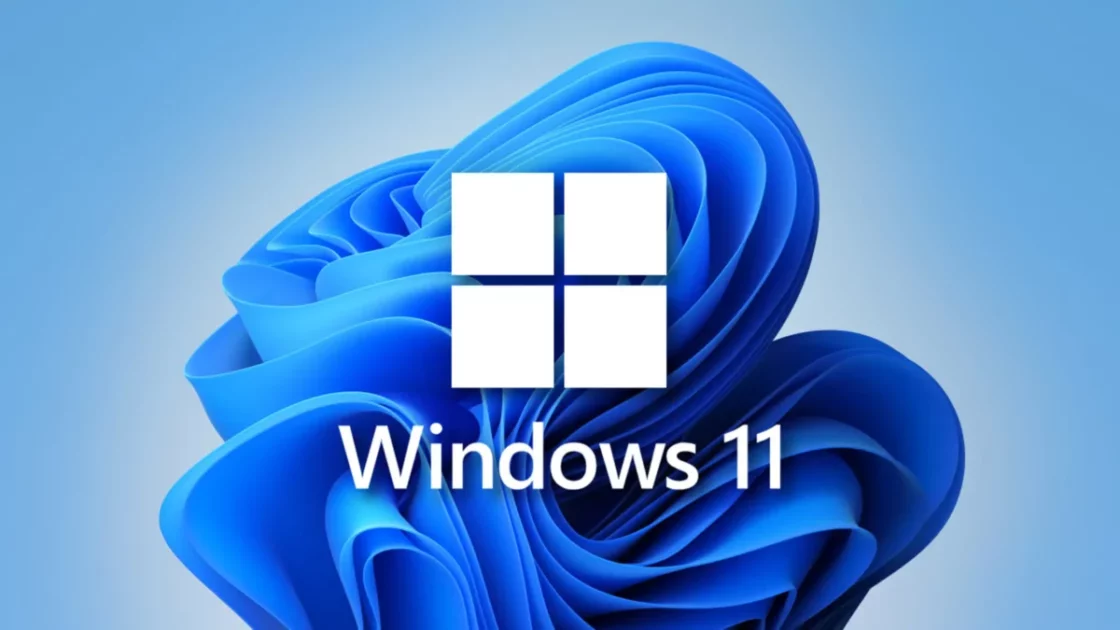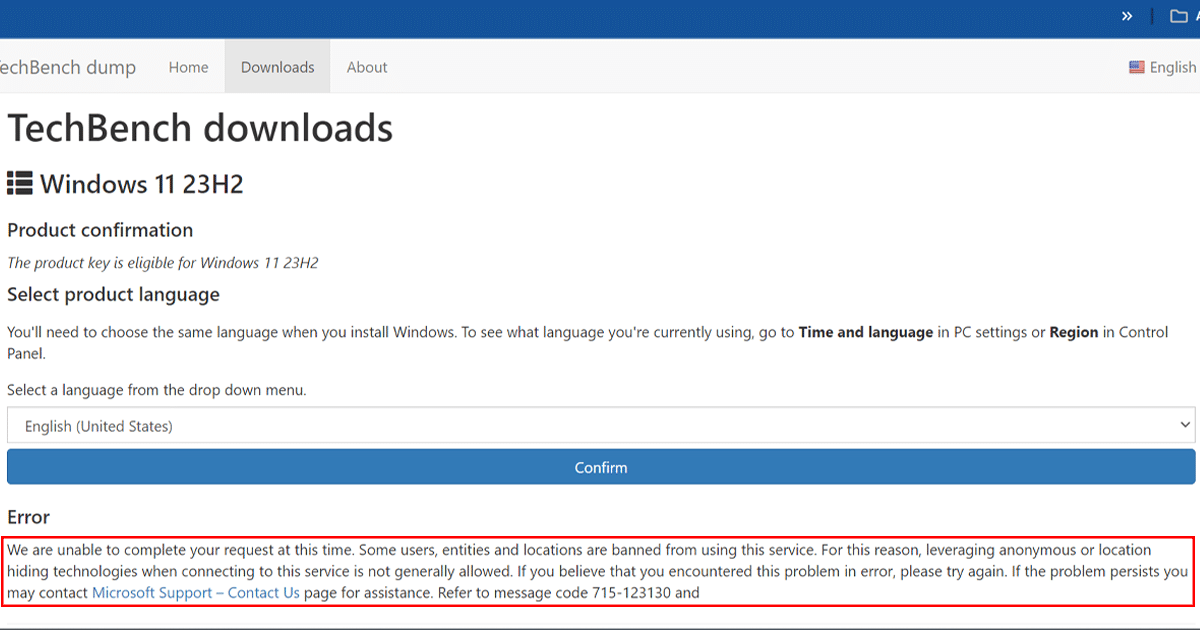Windows 11 23H2 is the next major feature update for Windows 11, and it is expected to be released sometime in Q4 of 2023. While Microsoft has not yet announced a specific release date, the recent spotting of ISO download links for the feature update suggests that a GA release is imminent.

Windows 11 23H2 appears to be ready for public release
The download links were spotted on the TechBench dump website, which is a repository of leaked and pre-released Microsoft software. The links are not yet live, but their presence on the website suggests that Microsoft is preparing the feature update for public release.

Microsoft has not yet announced an official release date for Windows 11 23H2, but it is expected to arrive sometime in the fourth quarter of 2023. The release of ISO download links typically happens shortly before the general availability (GA) release of a new Windows update, so it is reasonable to expect that Windows 11 23H2 will be released to the public in the next few weeks.
This is also supported by the fact that Microsoft has already announced upgraded Microsoft 365 testing for Windows 11 23H2. This suggests that Microsoft is confident that the feature update is ready for release, and that it is simply going through the final stages of testing and preparation.
Here are some of the new features and improvements that are expected in Windows 11 23H2:
- File Explorer performance improvements
- Start menu improvements
- Taskbar improvements
- Settings app improvements
- New accessibility features
- New security features
Windows 11 23H2 is expected to be a minor feature update, but it should still bring some welcome improvements to the operating system.
If users are eager to try out Windows 11 23H2, they can check the TechBench dump website periodically for updates. Once the ISO download links are live, users can download the update and create a bootable USB drive or DVD to install it on their computers.
However, it’s important to note that certain users, entities, and locations are prohibited from using this service. Therefore, using anonymous or location-hiding technologies to access the service is not generally permitted.

Read more: